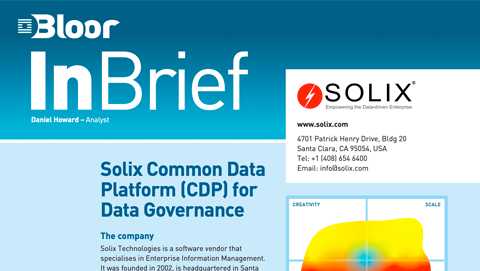Open File Formats
What are Open File Formats?
Open file formats refer to standardized specifications for storing and organizing data in databases and data platforms. Unlike proprietary formats controlled by a single vendor, open formats are publicly available and freely usable by anyone.
Common Open File Formats for Data Platforms
Here are some common open file formats:
- CSV
A simple, human-readable format where data is separated by commas. While easy to use, it can become cumbersome for large datasets.
- JSON
A text-based format using key-value pairs, making it easy for humans and machines to read. Popular for APIs and data exchange.
- XML
A structured format using tags to define data elements. Offers good data organization but can be verbose.
- Parquet, ORC, Avro
Columnar formats specifically designed for storing large datasets efficiently in data lakes and warehouses. Optimized for fast querying and compression.
Advantages of Open File Formats
- Interoperability
Open formats allow data to be easily exchanged and processed between tools and platforms. This fosters a more flexible data ecosystem and avoids vendor lock-in.
- Accessibility
Because the specifications are public, anyone can develop tools to read and write data in open formats, expanding the range of options for data analysis and manipulation.
- Preservation
Open formats are less susceptible to becoming obsolete than proprietary formats tied to specific software. This ensures long-term accessibility and usability of data.
Choosing an Open File Format
The best open format for your data platform depends on factors like:
- Data size and complexity
Simpler formats like CSV might be suitable for smaller datasets, while columnar formats offer better performance for large data volumes.
- Processing needs
Consider how the data will be used. JSON might be ideal for API integration, while Parquet is efficient for large-scale analytics.
- Interoperability requirements
If data exchange with other platforms is crucial, choose a widely adopted format like CSV or JSON.
By adopting open file formats, data platforms can ensure flexibility, accessibility, and long-term value for their data assets.
FAQs
Are there any downsides to using open file formats?
While open formats offer significant advantages, some potential drawbacks exist. For instance, some open formats might be more complex to implement compared to simpler proprietary formats. Additionally, open formats might require additional effort for data validation or security compared to formats with built-in access control mechanisms.
How can I tell if a file format is open?
Look for publicly available documentation on the format specifications. Open formats will typically have well-defined standards bodies or communities responsible for maintaining and evolving the format. You can also search online for resources that list common open file formats for specific data types.
What are some tools that can help me work with open file formats?
Because of their widespread adoption, many data analysis and manipulation tools offer built-in support for common open formats like CSV, JSON, and Parquet. There are also open-source libraries and frameworks available for various programming languages that enable developers to work with a wider range of open file formats.





